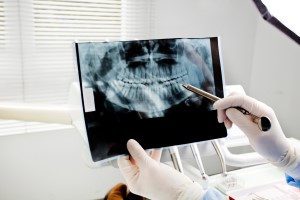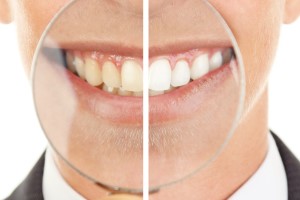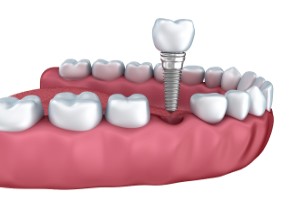 A dental restoration can stop the progress of dental problems from decay or injury. Dental fillings can treat mild to moderate cavities. Your dentist will assess your teeth and see how many need fillings. Here are the things to expect before you get this dental restoration.
A dental restoration can stop the progress of dental problems from decay or injury. Dental fillings can treat mild to moderate cavities. Your dentist will assess your teeth and see how many need fillings. Here are the things to expect before you get this dental restoration.
Appointment scheduling
The dentist will examine the patient’s teeth and see how many teeth will need fillings. The severity of the cavities will also affect the length of the visit. This is when the dentist will schedule the patient. The dentist will perform a dental cleaning before the patient gets this dental restoration.
Understanding the reason for a filling
When plaque and food particles stay on teeth, cavities form. Dental decay also happens when an individual consumes a high-carbohydrate diet. Bacteria feed on these sugars. The acids they produce eat away the protective enamel layer. This results in tiny holes that progress into cavities.
The enamel discolors. The color changes from light yellow to dark brown to even black. There could be chipped-off areas that the tongue fits into. Food particles get stuck into these holes. That is why the holes worsen into larger cavities. The dentist can repair a cracked or chipped filling, allowing this dental restoration to protect the tooth well again.
Choosing a filling
A checkup with the dentist can help decide which type of filling the patient must have. Discussing the types of fillings can give the patient an idea of what the dental restoration will be like. The most common fillings are made of composite material. This is a type of plastic. It is soft before application. Once it bonds with the teeth and interacts with a curing light, it hardens.
Drinking and eating
Generally, normal eating and drinking can happen before the dental restoration appointment. There are no diet restrictions. The patient can even drink and eat on the morning of the appointment. The dentist will let the patient know if there are things that the patient cannot eat.
Taking specific medications
The patient can talk to the attending doctor first before the dental appointment. The dentist can work with the doctor when it comes to the medications that the patient needs to take. But in general, the patient can take regular medications up to the dental restoration appointment. This would include supplements.
Dealing with anxiety
Some patients suffer from dental anxiety. It is important for the patient to have a pain-free dental filling treatment. Getting this dental restoration will involve a small amount of discomfort. The dentist will apply a topical anesthetic to numb the area before injecting the local anesthetic. The patient must let the dentist know if there is severe dental anxiety. This will allow the dentist to prepare the treatment to be as relaxing and calm as possible.
Practicing oral care
Brushing and flossing should happen on the morning of the dental restoration visit. It can help the treatment go faster if the dentist does not clean that much anymore. Using mouthwash can rinse away the excess food particles and plaque. The dentist will clean the teeth some more before the dental filling treatment starts.
Preparing well before getting your dental restoration can make the process easier
Cavities can cause pain and discomfort. That is why detecting and treating them early is important. A dental filling can correct this problem. Working with your dentist can help this dental restoration last for a long time.
Request an appointment or call 82nd St. Dental at 718-476-5555 for an appointment in our Jackson Heights office.
Recent Posts
Getting the right dental restoration can improve your appearance and dental health. Your dentist will discuss the possible procedures that will fit your needs. Knowing more about these treatments can help you prepare for your next visit. Here are the common dental restoration procedures available.These restorations can be tooth-colored porcelain, gold, or composite material. This…
Dental restoration is a term used to describe the process of repairing or replacing damaged, decayed, or missing teeth. Several dental restoration options are available to patients, ranging from simple fillings to more complex procedures such as dental implants and crowns. This article will explore some of the most common dental restoration options available and…
A root canal removes the infected pulp, then cleans and seals the tooth. Many patients may be unsure if there is anything else they need to do after the root canal. The answer is yes; they will need a dental restoration to restore the tooth's functionality. Let us dive into why leaving a treated tooth…






